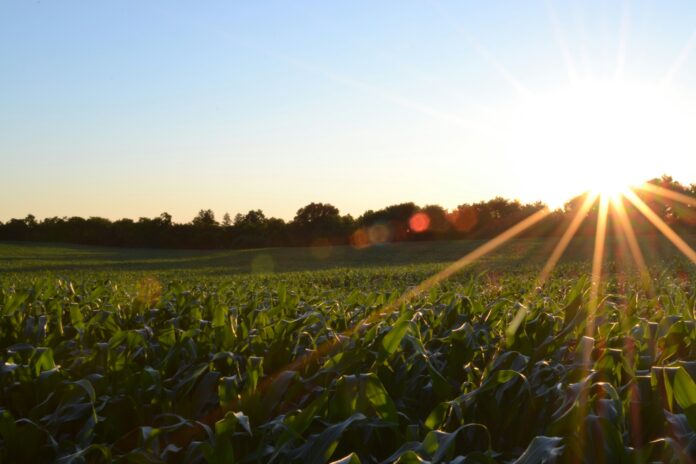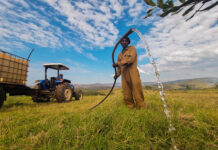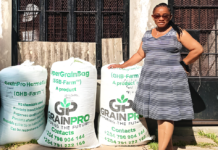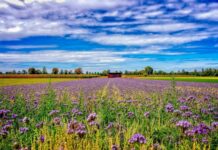Climate change is a global problem. As the ongoing changes happen, farming communities likely feel the impact more than most, with growing temperatures and sometimes volatile climatic conditions impacting their ability to ensure the soil quality maintains and increases their crop yields. Planting and growing cover crops during the fallow period following cash-produce harvests is one way to support and potentially improve soil quality.
How Climate Change Is Affecting Farmers
Although climate change is a worldwide concern, specific continents are feeling its effects more than others. Africa is the worst hit, with much of the region warming at a higher than global average rate, while sea levels are also rising faster than the world’s average. The water resources in Africa are subject to enhanced hydroclimate variability, hampering the continent’s economic development.
With reference to climate change, recent reports from the United Nations Intergovernmental Panel on Climate Change (IPCC) project more heavy rainfalls over Central, West and East Africa, likely leading to increased flash flooding that causes erosion and sedimentation. In southwestern and northern Africa, the IPCC expects decreased annual rainfall, resulting in agricultural droughts that erode the soil on farms.
All of the regions will experience shifting ecosystems that increase agricultural vulnerability. Higher temperatures and rainfall changes cause soil erosion and will likely reduce crop productivity, meaning smaller yields and the potential for food shortages and famine. Without implementing agricultural processes to combat these effects, climate change will weaken the progress farmers are making to manage food production risks.
Methods to Manage Soil Instability and Erosion
Several diverse methods can assist farmers in managing erosion and soil instability on their lands — all with beneficial results depending on specific environments.
Soil Nails
Soil nails are inserted into the ground, taking into account the soil’s cohesion, friction angles and drainage characteristics to reinforce and stabilise. These reinforcing steel bars work as passive anchors to supplement the ground’s inherent strength in combating the effects of erosion.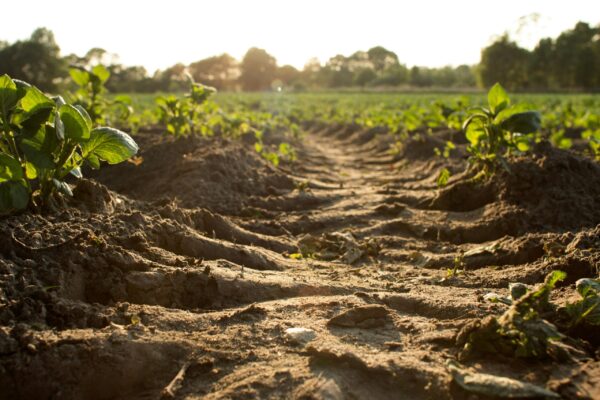
Smart Irrigation
AI and IoT-controlled irrigation techniques are becoming ever-popular in sustainable agricultural circles, promoting enhanced productivity by accurately monitoring and managing crops to optimise resources. Smart irrigation can utilise renewable solar energy to further assist the environment. Their data-driven decisions integrated with traditional farming know-how allow for real-time soil analysis to minimise the effects of erosion.
Drip Irrigation
Drip irrigation uses less labour and conserves water, making the irrigation technique valuable to many farmers ravaged by climate change. With a network of emitters and tubes, these irrigation systems reduce the need for pesticides and fertilisers by delivering water directly into the soil for plant absorption. Doing so reduces weed growth and improves the soil quality, minimising the chances of soil erosion.
Cover Crops
While the other methods all have their advantages, some are not cost-effective for use in specific environments. Farmers all over the world are realising the benefits of planting cover crops as a way of protecting their soil from erosion through water runoff and wind removal of topsoil. Cover crops also have other notable advantages for keeping soil healthy and improving yields.
The Advantages of Cover Crops for Healthy Soil
Farmers grow cover crops to benefit the soil and not for financial gain. Between regular cash-crop harvesting and planting periods, these crops absorb nitrogen from the atmosphere and convert it into nutrients in the earth that benefit the next commercial harvest. Some common cover crops include:
- Legumes like peas and clover
- Grasses, including ryegrass and oats
- Cereals, which include barley, wheat and rye
- Brassicas like mustard, radishes and turnips
Depending on the season and specific soil requirements, farmers choose suitable cover crops that organically improve the soil, control erosion, suppress weed growth, reduce pests, increase biodiversity, control disease in the ground and several other benefits.
Better Soil Health
By altering and improving the soil structure, cover crops enhance the fertility and biological makeup of the soil. Their decomposition increases organic nutrients, and their growth reduces the chances of destructive erosion, suppresses weeds and improves water filtration and retention. Some crops generate natural herbicides to keep soil disease at bay.
Improved Soil Nutrition
Cover crops often reduce the escape of valuable nitrogen in the soil, meaning healthy nutrients remain for the upcoming planting cycle and lessen the need for as many chemical fertilisers.
Weed Control
Cover crops stunt weed growth by blocking much of the direct sunlight. They also compete for nutrients and water in the soil to reduce the weeds’ opportunity to blossom. Some cover crops produce compounds that further suppress weeds. For example, brassicas release fumigants into the soil that naturally suppress weeds and diseases.
Pest Control
By attracting insects that benefit the soil, several cover crops foster healthy microbial gatherings that ward off pests and reduce soil disease. They reduce the need for chemical pesticides to maintain ecological balance and improve the resilience of future crops.
Enhanced Biodiversity
Cover crops also offer nutrition and habitats for birds, pollinators and other insects and wildlife, so they help support balanced and biodiverse ecosystems. These include organisms like fungi and bacteria that improve soil nutrients and structure, promoting soil stability and health.
Improved Water Management
With their presence in the soil, cover crops allow for better water infiltration and improve the capacity to retain it. Their roots bind the ground to restrict the chances of water and wind erosion and prevent nitrogen from filtering into the groundwater to improve its quality.
Better Climate Resilience
Through photosynthesis, cover crops reduce greenhouse gases by drawing carbon dioxide from the atmosphere into the soil. Every cover crop grown means the agricultural system will adapt easier to changing climatic conditions.
Improved Future Yelds and Profitability
Investing in cover crops during the fallow season means farmers can boost future yields and farm profitability through the presence of healthier soil. Better soil means reducing machinery, labour, synthetic fertiliser and pesticide costs, making their farm a more economically viable agricultural operation.
Cover Crops Will Benefit Most Farming Operations
The presence of cover crops between harvesting and planting periods can make a difference to a farm’s soil health at a time when climate change is causing much disruption to traditional agricultural techniques and methods. Although the disadvantage of extra expense to plant cover crops exists, this outlay can generate higher future yields and markedly improve soil quality, which can more than compensate for the initial investment.


